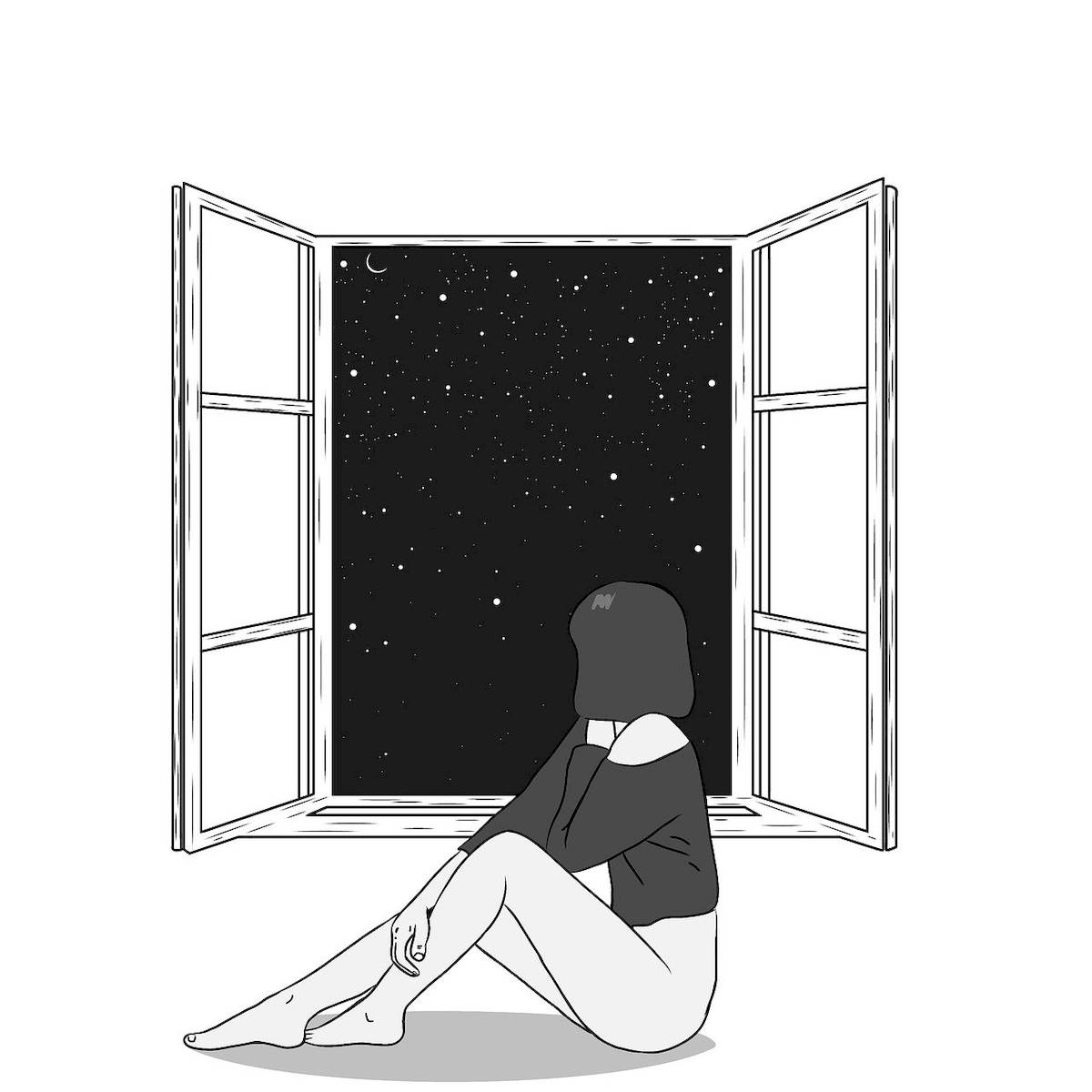In the realm of personal organization, the battle against clutter is often waged in the most private of fronts: our closets. Whether it's a mountain of clothes that seems to reproduce overnight or stacks of papers that threaten to topple over, the struggle to maintain order is real. But why do we find it so difficult to let go of our belongings, even when they no longer serve us? The answer may lie in a concept from the field of behavioral economics known as prospect theory.
Prospect theory, developed by psychologists Daniel Kahneman and Amos Tversky in the 1970s, challenges the traditional economic assumption that humans are rational decision-makers. Instead, it posits that our choices are influenced by our perception of gains and losses, often leading to irrational behaviors. This theory can be particularly illuminating when applied to our relationship with possessions.
One of the key insights of prospect theory is the notion of loss aversion. Humans, it seems, are hardwired to feel the pain of loss more acutely than the pleasure of gain. This means that the thought of parting with an item, even one we no longer use or need, can feel like a significant loss. The emotional weight of this perceived loss often outweighs the potential benefits of decluttering, such as increased space and improved mental clarity.
Another aspect of prospect theory that contributes to closet clutter is the concept of reference points. Our decisions are often made relative to a certain point of reference, which can change over time. For example, a shirt that we once loved and wore frequently might now sit unworn at the back of the closet. However, because it was once a valued possession, we continue to hold onto it, unable to adjust our reference point to reflect its current lack of utility.
The endowment effect also plays a role in our hoarding tendencies. This effect suggests that once we own something, we tend to value it more than we would if we didn't own it. This can lead to a situation where we keep items simply because they are ours, regardless of whether they still meet our needs or preferences.
So, how can we apply the lessons of prospect theory to combat the clutter in our closets? The first step is awareness. By understanding the psychological forces at play, we can begin to recognize when our decision-making is being influenced by loss aversion, reference points, or the endowment effect. Once we are aware of these biases, we can start to make more intentional choices about what we keep and what we let go of.
Practically speaking, this might involve setting clear criteria for what stays and what goes. For example, we could decide to keep only those items that we have used in the last six months or that hold significant sentimental value. Anything else could be considered for donation or disposal.
Additionally, creating a system for regularly reviewing and reassessing our belongings can help prevent clutter from accumulating in the first place. This might mean dedicating a specific day each month to go through our closets, or setting up a rotating system where we periodically revisit and reevaluate our possessions.
In conclusion, while prospect theory may explain why our closets tend to become cluttered, it also offers a roadmap for overcoming these psychological hurdles. By understanding and addressing the cognitive biases that contribute to hoarding, we can take proactive steps towards a more organized and mentally healthy living space. So, declutter NOW and liberate your closet from the clutches of prospect theory!




发表评论 取消回复